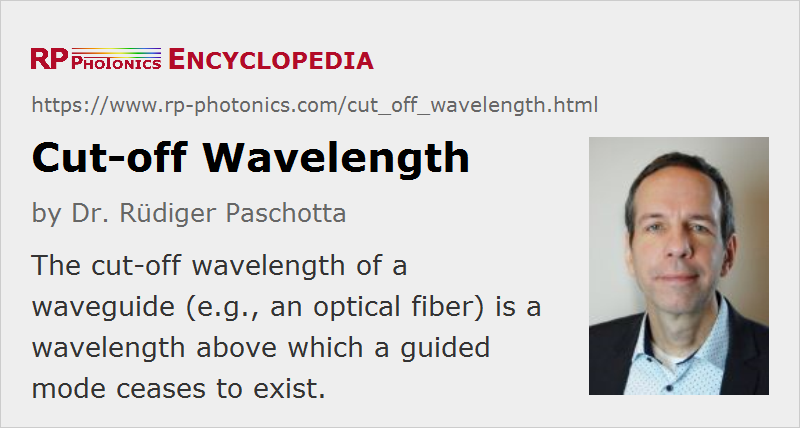

If some physical quantity depends on an optical frequency, it is very often called wavelength-dependent instead of frequency-dependent, even if the spatial aspect does not play a role in the relevant phenomena.Īlso one often specifies an optical bandwidth (e.g., the gain bandwidth of a laser gain medium) in terms of the width of the wavelength range rather than the frequency range.įor the conversion between wavelength and frequency ranges one needs to keep in mind that the width of a frequency interval does not only depend on the width of the corresponding wavelength interval but also on the mean wavelength: δ ν = ( c / λ 2) δ λ (assuming small intervals). Light with longer vacuum wavelengths is called infrared light, while light with shorter wavelengths is ultraviolet light. Generally, the refractive index depends on the optical frequency or vacuum wavelength (→ chromatic dispersion).įor visible light, the vacuum wavelength is roughly between 400 nm and 700 nm there are no precisely defined boundaries of the visible spectral region, since the sensitivity of the human eye is a smooth function of wavelength and also differs between individuals. After you have modified some values, click a "calc" button to recalculate the field left of it.Īttention: The buttons do not work, as Javascript is turned off in your browser!įor a given vacuum wavelength λ 0, the wavelength in a medium with refractive index n is λ = λ 0 / n.

Wavelength calculations Vacuum wavelength:Įnter input values with units, where appropriate. The wavelength in air is quite close to the vacuum wavelength, since the refractive index of air is only very slightly above 1 the small difference is not relevant for most applications.įor example, a vacuum wavelength of 1000 nm would correspond to 999.7259 nm in air. In some cases, however, the vacuum wavelength is specified. Therefore, it would be most natural to characterize such a wave by its optical frequency.įor historical reasons, it is more common, however, to characterize optical waves ( light) with their wavelength in air (for standard pressure and temperature: 1013.25 mbar, 15 ☌, zero humidity). If a monochromatic optical wave subsequently propagates through different transparent media, its wavelength will vary, while its optical frequency ν stays constant.


 0 kommentar(er)
0 kommentar(er)
